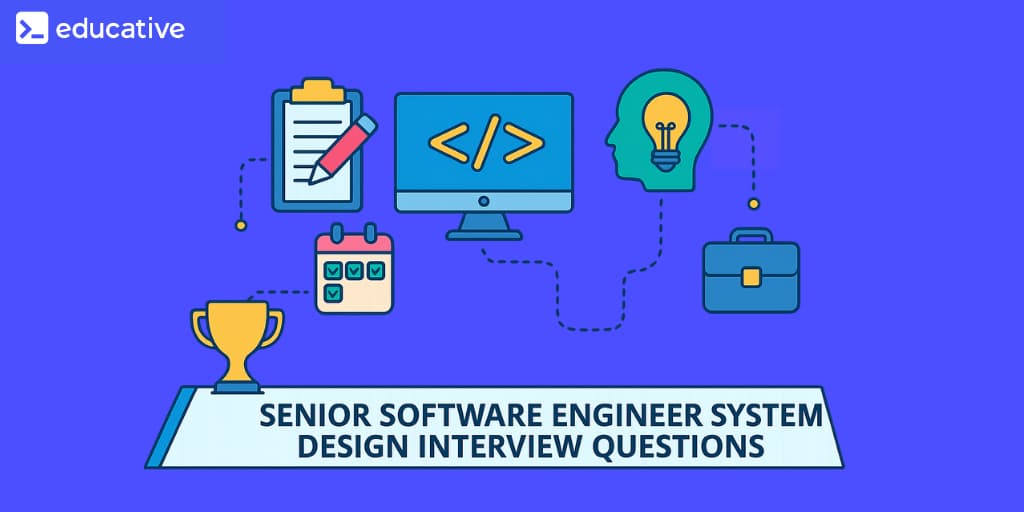Senior Software Engineer System Design Interview Questions
Airbnb System Design Interview Questions
Amazon System Design Interview Questions
Walmart System Design Interview Questions
Meta System Design Interview Questions
A Guide to Acing the Wise System Design Interview
How to Ace the Booking.com System Design Interview
TikTok System Design Interview Questions
Say hello interview and begin your System Design prep journey
